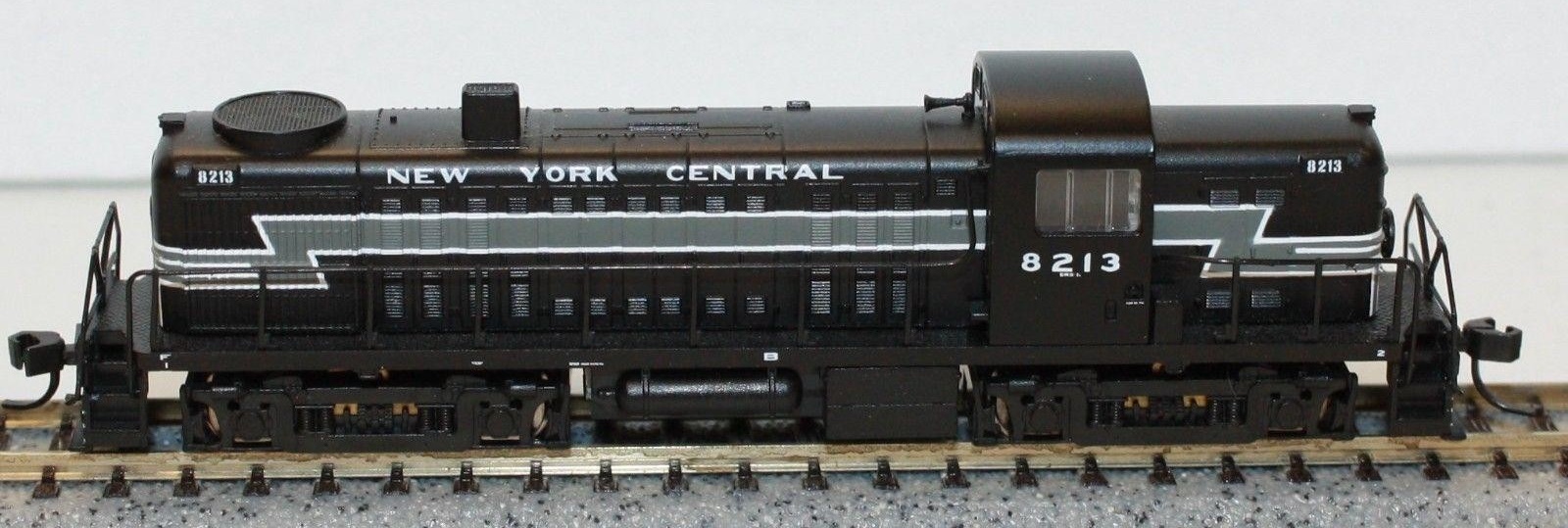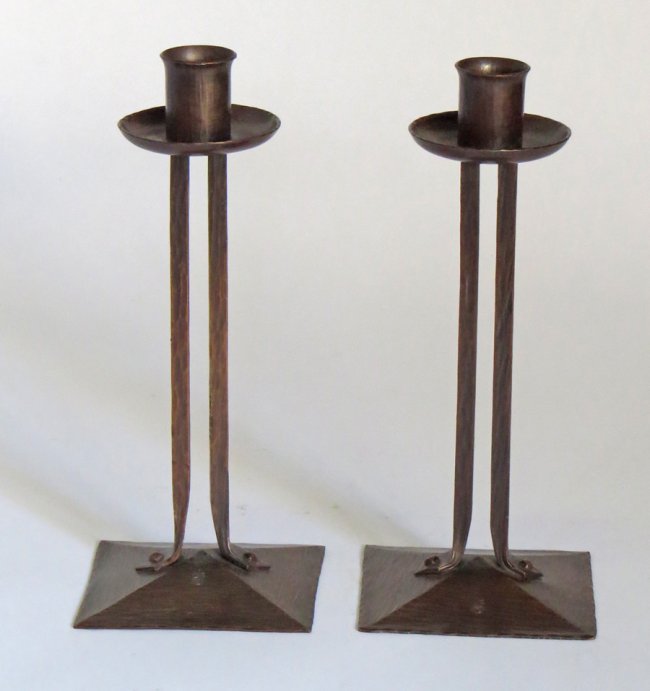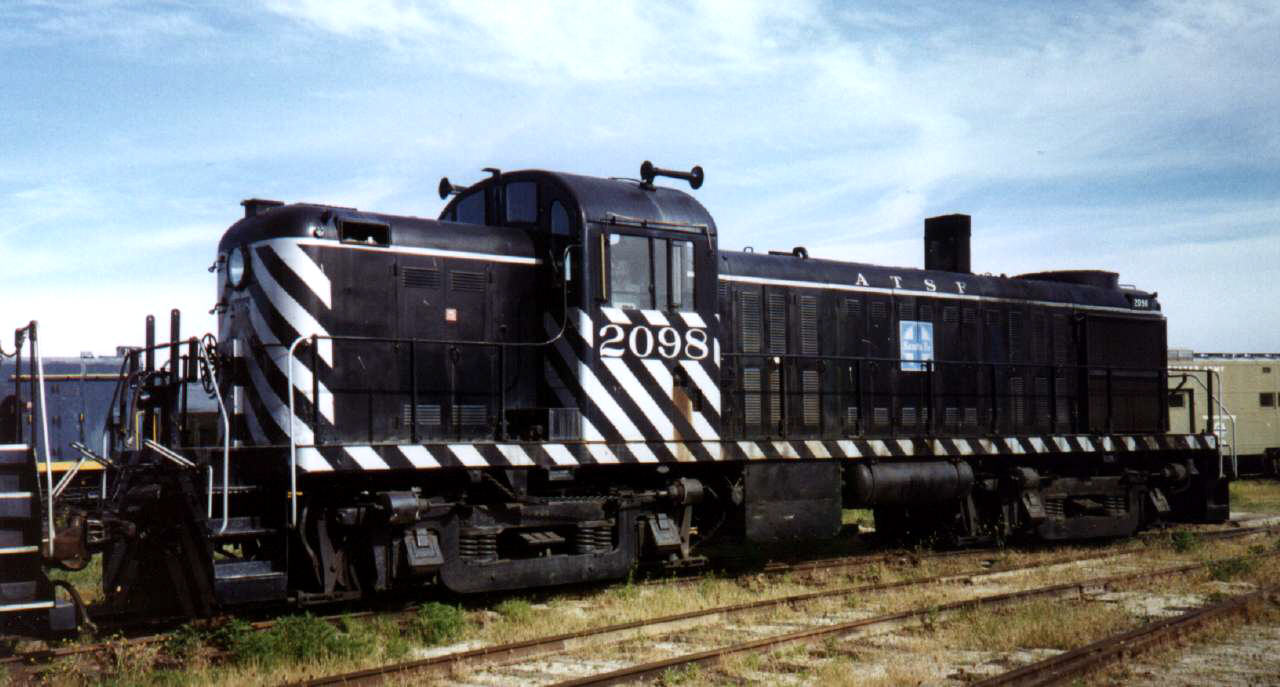Model Information: First released in 2007. Subsequent releases in 2008, 2011 and in 2012 (with MTL couplers). A fifth release was announced in 2012, but eventually cancelled due to insufficient reservations.
Re-run under Atlas brand in 2019 after Atlas purchased the tooling from Walthers.
Features:
Re-run under Atlas brand in 2019 after Atlas purchased the tooling from Walthers.
Features:
- split-frame, all-metal, DCC-Friendly chassis,
- 5-pole skew-wound "scale speed" motor, with dual flywheels,
- low-friction drive,
- bi-directional LED lighting,
- all-wheel drive and pickup (no traction tires),
- blackened, low-profile wheels,
- body-mounted Accumate couplers.
DCC Information: Contrary to the above review, due to the amount of effort required to install a decoder, we elected to classify this as DCC-Friendly.
Accepts the following plug-in decoders (non-sound), but requires a full disassembly of the locomotives, and proper isolation of the motor from the chassis with insulating tape:
- Digitrax DN163K2: 1 Amp N Scale Mobile Decoder for Kato N scale SD80/90MAC Series, RSC2, RS2. See installation tips on Digitrax website.
- TCS K2D4: N-scale drop-in decoder designed for Kato RS2/RSC2, SD80/SD90MAC and Life-Like/Walthers RS2, GP18 locomotives. See installation tips on TCS website.
The Atlas version of 2019 comes either with a factory-installed DCC decoder or in DC version.
Accepts the following plug-in decoders (non-sound), but requires a full disassembly of the locomotives, and proper isolation of the motor from the chassis with insulating tape:
- Digitrax DN163K2: 1 Amp N Scale Mobile Decoder for Kato N scale SD80/90MAC Series, RSC2, RS2. See installation tips on Digitrax website.
- TCS K2D4: N-scale drop-in decoder designed for Kato RS2/RSC2, SD80/SD90MAC and Life-Like/Walthers RS2, GP18 locomotives. See installation tips on TCS website.
The Atlas version of 2019 comes either with a factory-installed DCC decoder or in DC version.
Prototype History: The ALCO RS-2 is a 1,500–1,600 horsepower (1,100–1,200 kW) B-B road switcher diesel-electric locomotive built by the American Locomotive Company (ALCO) from 1946 to 1950. ALCO introduced the model after World War II as an improvement on the ALCO RS-1. The locomotive was one of several road switchers in a crowded market, including the Baldwin DRS-4-4-1500, EMD GP7, and FM H-15-44. ALCO discontinued the RS-2 in 1950 in favor of the ALCO RS-3. Several examples have been preserved.
383 locomotives were produced — 374 by the American Locomotive Company, and 9 by Montreal Locomotive Works in Canada. Eight of the ALCO RS-2s were exported to Canada. The RS-2 has a single, 12 cylinder, model 244B engine, developing 1,500 horsepower (1,100 kW). Thirty-one locomotives built by Alco between February and May 1950 with the 12 cylinder 244C 1,600 horsepower (1,200 kW) engine.
From Wikipedia
Read more on American-Rails.com
383 locomotives were produced — 374 by the American Locomotive Company, and 9 by Montreal Locomotive Works in Canada. Eight of the ALCO RS-2s were exported to Canada. The RS-2 has a single, 12 cylinder, model 244B engine, developing 1,500 horsepower (1,100 kW). Thirty-one locomotives built by Alco between February and May 1950 with the 12 cylinder 244C 1,600 horsepower (1,200 kW) engine.
From Wikipedia
Read more on American-Rails.com
Road Name History: The New York Central Railroad (reporting mark NYC), known simply as the New York Central in its publicity, was a railroad operating in the Northeastern United States. Headquartered in New York City, the railroad served most of the Northeast, including extensive trackage in the states of New York, Pennsylvania, Ohio, Michigan, Indiana, Illinois, and Massachusetts, plus additional trackage in the Canadian provinces of Ontario and Quebec.
The railroad primarily connected greater New York and Boston in the east with Chicago and St.Louis in the midwest along with the intermediate cities of Albany, Buffalo, Cleveland, Cincinnati, and Detroit. NYC's Grand Central Terminal in New York City is one of its best known extant landmarks.
1853 company formation: Albany industrialist and Mohawk Valley Railroad owner Erastus Corning managed to unite ten railroads together into one system, and on March 17, 1853 executives and stockholders of each company agreed to merge. The merger was approved by the state legislature on April 2, and by May 17, 1853 the New York Central Railroad was formed.
In 1867 Vanderbilt acquired control of the Albany to Buffalo running NYC. On November 1, 1869 he merged the NYC with his Hudson River Railroad into the New York Central and Hudson River Railroad. Vanderbilt's other lines were operated as part of the NYC.
In 1914, the operations of eleven subsidiaries were merged with the New York Central & Hudson River Railroad, re-forming the New York Central Railroad. From the beginning of the merge, the railroad was publicly referred to as the New York Central Lines. In the summer of 1935, the identification was changed to the New York Central System.
In 1968 the NYC merged with its former rival, the Pennsylvania Railroad, to form Penn Central (the New York, New Haven and Hartford Railroad joined in 1969). That company went bankrupt in 1970 and was taken over by the federal government and merged into Conrail in 1976. Conrail was broken up in 1998, and portions of its system was transferred to the newly formed New York Central Lines LLC, a subsidiary leased to and eventually absorbed by CSX and Norfolk Southern. Those companies' lines included the original New York Central main line, but outside that area it included lines that were never part of the New York Central system. CSX was able to take one of the most important main lines in the nation, which runs from New York City and Boston to Cleveland, Ohio, as part of the Water Level Route, while Norfolk Southern gained the Cleveland, Ohio to Chicago, Illinois portion of the line called the Chicago line.
At the end of 1925, the New York Central System operated 11,584 miles (18,643 km) of road and 26,395 miles (42,479 km) of track; at the end of 1967 the mileages were 9,696 miles (15,604 km) and 18,454 miles (29,699 km).
Read more on Wikipedia.
The railroad primarily connected greater New York and Boston in the east with Chicago and St.Louis in the midwest along with the intermediate cities of Albany, Buffalo, Cleveland, Cincinnati, and Detroit. NYC's Grand Central Terminal in New York City is one of its best known extant landmarks.
1853 company formation: Albany industrialist and Mohawk Valley Railroad owner Erastus Corning managed to unite ten railroads together into one system, and on March 17, 1853 executives and stockholders of each company agreed to merge. The merger was approved by the state legislature on April 2, and by May 17, 1853 the New York Central Railroad was formed.
In 1867 Vanderbilt acquired control of the Albany to Buffalo running NYC. On November 1, 1869 he merged the NYC with his Hudson River Railroad into the New York Central and Hudson River Railroad. Vanderbilt's other lines were operated as part of the NYC.
In 1914, the operations of eleven subsidiaries were merged with the New York Central & Hudson River Railroad, re-forming the New York Central Railroad. From the beginning of the merge, the railroad was publicly referred to as the New York Central Lines. In the summer of 1935, the identification was changed to the New York Central System.
In 1968 the NYC merged with its former rival, the Pennsylvania Railroad, to form Penn Central (the New York, New Haven and Hartford Railroad joined in 1969). That company went bankrupt in 1970 and was taken over by the federal government and merged into Conrail in 1976. Conrail was broken up in 1998, and portions of its system was transferred to the newly formed New York Central Lines LLC, a subsidiary leased to and eventually absorbed by CSX and Norfolk Southern. Those companies' lines included the original New York Central main line, but outside that area it included lines that were never part of the New York Central system. CSX was able to take one of the most important main lines in the nation, which runs from New York City and Boston to Cleveland, Ohio, as part of the Water Level Route, while Norfolk Southern gained the Cleveland, Ohio to Chicago, Illinois portion of the line called the Chicago line.
At the end of 1925, the New York Central System operated 11,584 miles (18,643 km) of road and 26,395 miles (42,479 km) of track; at the end of 1967 the mileages were 9,696 miles (15,604 km) and 18,454 miles (29,699 km).
Read more on Wikipedia.
Brand/Importer Information:  Life-Like Products LLC (now Life-Like Toy and Hobby division of Wm. K. Walthers) was a manufacturer of model railroad products and was based in Baltimore, Maryland.
Life-Like Products LLC (now Life-Like Toy and Hobby division of Wm. K. Walthers) was a manufacturer of model railroad products and was based in Baltimore, Maryland.
It was founded in the 1950s by a company that pioneered extruded foam ice chests under the Lifoam trademark. Because ice chests are a summer seasonal item, the company needed a way to keep the factory operating year round. As model railroading was becoming popular in the post-war years, they saw this as an opportunity and so manufactured extruded foam tunnels for model trains. Over the years, Life-Like expanded into other scenery items, finally manufacturing rolling stock beginning in the late 1960s. At some point in the early 1970s, Life-Like purchased Varney Inc. and began to produce the former Varney line as its own.
The Canadian distributor for Life-Like products, Canadian Hobbycraft, saw a missing segment in market for Canadian model prototypes, and started producing a few Canadian models that were later, with a few modifications, offered in the US market with US roadnames.
In 2005, the company, now known as Lifoam Industries, LLC, decided to concentrate on their core products of extruded foam and sold their model railroad operations to Wm. K. Walthers.
In June 2018, Atlas and Walthers announced to have reached an agreement under which all Walthers N scale rolling stock tooling, including the former Life-Like tooling, will be purchased by Atlas.
Read more on Wikipedia and The Train Collectors Association.

It was founded in the 1950s by a company that pioneered extruded foam ice chests under the Lifoam trademark. Because ice chests are a summer seasonal item, the company needed a way to keep the factory operating year round. As model railroading was becoming popular in the post-war years, they saw this as an opportunity and so manufactured extruded foam tunnels for model trains. Over the years, Life-Like expanded into other scenery items, finally manufacturing rolling stock beginning in the late 1960s. At some point in the early 1970s, Life-Like purchased Varney Inc. and began to produce the former Varney line as its own.
The Canadian distributor for Life-Like products, Canadian Hobbycraft, saw a missing segment in market for Canadian model prototypes, and started producing a few Canadian models that were later, with a few modifications, offered in the US market with US roadnames.
In 2005, the company, now known as Lifoam Industries, LLC, decided to concentrate on their core products of extruded foam and sold their model railroad operations to Wm. K. Walthers.
In June 2018, Atlas and Walthers announced to have reached an agreement under which all Walthers N scale rolling stock tooling, including the former Life-Like tooling, will be purchased by Atlas.
Read more on Wikipedia and The Train Collectors Association.
Item created by: gdm on 2018-08-01 17:32:06. Last edited by Alain LM on 2020-10-13 04:01:38
If you see errors or missing data in this entry, please feel free to log in and edit it. Anyone with a Gmail account can log in instantly.
If you see errors or missing data in this entry, please feel free to log in and edit it. Anyone with a Gmail account can log in instantly.










